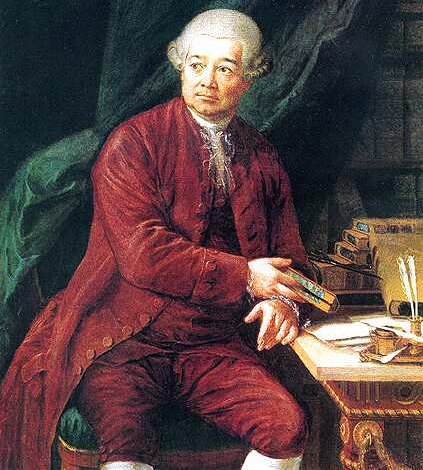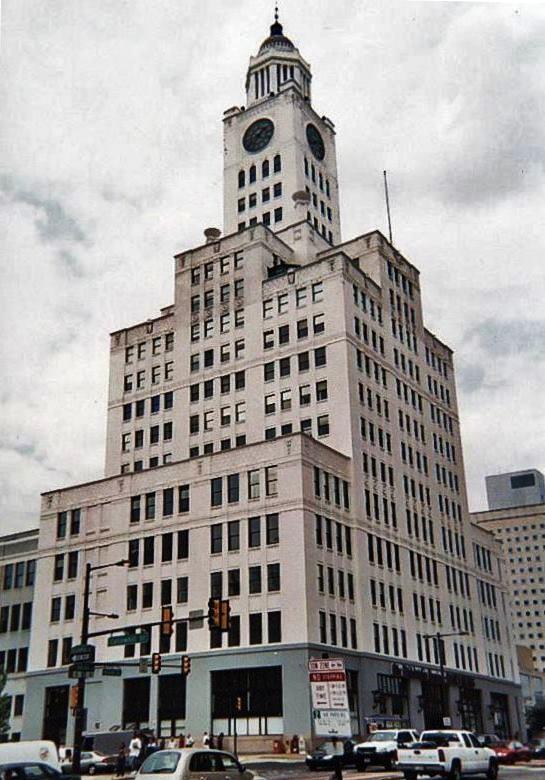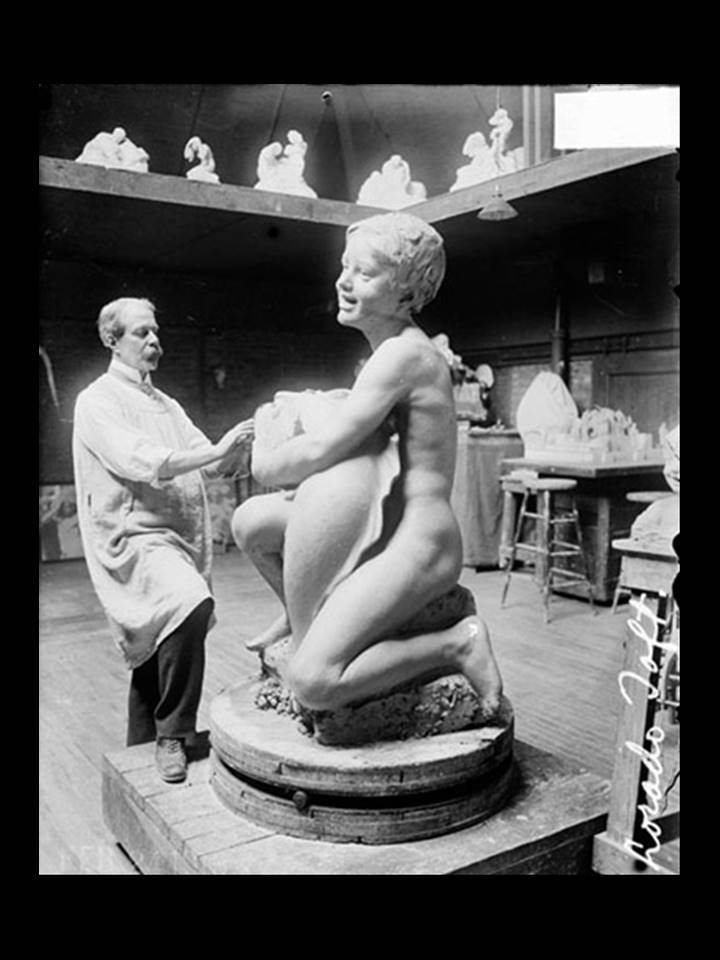|
The Medicine Man (Dallin)
''The Medicine Man'' is an 1899 bronze equestrian statue by Cyrus E. Dallin. It is located in Fairmount Park, Dauphin Street, west of 33rd Street, Philadelphia, and portrays an indigenous American medicine man. ''The Medicine Man'' is the second of four prominent sculptures of indigenous people on horseback known as ''The Epic of the Indian'', which also includes ''A Signal of Peace'' (1890), ''Protest of the Sioux'' (1904), and ''Appeal to the Great Spirit'' (1908). History ''The Medicine Man'', cast in 1899, was exhibited at the 1899 Paris Salon, where it was placed away from other sculptures against a "background of greenery," which was meant to confer honor. The statue was praised by international critics, and was a favorite among visitors. A year later, it won a silver medal at the 1900 Paris Exposition Universelle. The Austrian government sought to purchase the statue, but it was ultimately purchased by the Association for Public Art (formerly the Fairmount Park Art Assoc ... [...More Info...] [...Related Items...] OR: [Wikipedia] [Google] [Baidu] |
Cyrus Edwin Dallin
Cyrus Edwin Dallin (November 22, 1861 – November 14, 1944) was an American sculptor best known for his depictions of Native Americans. He created more than 260 works, including the ''Equestrian Statue of Paul Revere'' in Boston, Massachusetts; ''the Angel Moroni'' atop Salt Lake Temple in Salt Lake City, Utah; and ''Appeal to the Great Spirit'' (1908), at the Museum of Fine Arts, Boston. He was also an accomplished painter and an Olympic archer. Biography Dallin was born in Springville, Utah Territory, the son of Thomas and Jane (Hamer) Dallin, both of whom had left the Church of Jesus Christ of Latter-day Saints (LDS Church) before their marriage. At age 19, he moved to Boston to study sculpture with Truman Howe Bartlett. He studied in Paris, with Henri Chapu and at the Académie Julian. In 1883, he entered a competition to sculpt an equestrian statue of Paul Revere for Boston, Massachusetts. He won the competition and received a contract, but six versions of his m ... [...More Info...] [...Related Items...] OR: [Wikipedia] [Google] [Baidu] |
Ethnology
Ethnology (from the grc-gre, ἔθνος, meaning 'nation') is an academic field that compares and analyzes the characteristics of different peoples and the relationships between them (compare cultural anthropology, cultural, social anthropology, social, or sociocultural anthropology). Scientific discipline Compared to ethnography, the study of single groups through direct contact with the culture, ethnology takes the research that ethnographers have compiled and then compares and contrasts different cultures. The term ''ethnologia'' (''ethnology'') is credited to Adam František Kollár, Adam Franz Kollár (1718-1783) who used and defined it in his ''Historiae ivrisqve pvblici Regni Vngariae amoenitates'' published in Vienna in 1783. as: “the science of nations and peoples, or, that study of learned men in which they inquire into the origins, languages, customs, and institutions of various nations, and finally into the fatherland and ancient seats, in order to be able be ... [...More Info...] [...Related Items...] OR: [Wikipedia] [Google] [Baidu] |
List Of Public Art In Philadelphia
This is a list of public artworks in Philadelphia. The Association for Public Art estimates the city has thousands of public artworks; the Smithsonian lists more than 700. Since 1959 nearly 400 works of public art have been created as part of the city's Percent for Art program, the first such program in the U.S. This list contains only works of public art in outdoor public spaces, and not, for example, works inside museums. Most of the works mentioned are sculptures. Other kinds of art, i.e., sound installations, are marked as such next to their titles. Artworks Center City and Benjamin Franklin Parkway Fairmount Park and Schuylkill River Including Philadelphia Museum of Art, East Fairmount Park, Laurel Hill Cemetery, West Fairmount Park, and Philadelphia Zoo. North and Northeast Phila ... [...More Info...] [...Related Items...] OR: [Wikipedia] [Google] [Baidu] |
Signal Of Peace
''A Signal of Peace'' is an 1890 bronze equestrian sculpture by Cyrus Edwin Dallin located in Lincoln Park, Chicago. ''A Signal of Peace'' is one of Dallin's four most prominent sculptures of indigenous people known as ''The Epic of the Indian'', which also includes '' The Medicine Man'' (1899), ''Protest of the Sioux'' (1904), and ''Appeal to the Great Spirit'' (1908). History Cyrus Dallin created the sculpture while on his first trip to Paris in 1889-1890. The model for his preliminary studies was Philip, son of Kicking Bear and a participant in Buffalo Bill's Wild West Show. He took a risk and had it cast at his own expense for display at the Paris Salon of 1890 where it won an honorable mention. While modeling ''A Signal of Peace'', he worked beside a friend the female French Artist, Rosa Bonheur. The sculpture was exhibited at the 1893 World's Columbian Exposition. It was dedicated on June 9, 1894. The sculpture cost $10,000, and was donated by Lambert Tree. [...More Info...] [...Related Items...] OR: [Wikipedia] [Google] [Baidu] |
Ute People
Ute () are the Indigenous people of the Ute tribe and culture among the Indigenous peoples of the Great Basin. They had lived in sovereignty in the regions of present-day Utah and Colorado in the Southwestern United States for many centuries until European settlers conquered their lands. The state of Utah is named after the Ute tribe. In addition to their ancestral lands within Colorado and Utah, their historic hunting grounds extended into current-day Wyoming, Oklahoma, Arizona, and New Mexico. The tribe also had sacred grounds outside their home domain that were visited seasonally. There were 12 historic bands of Utes. Although they generally operated in family groups for hunting and gathering, the communities came together for ceremonies and trading. Many Ute bands were culturally influenced by neighboring Native American tribes and Puebloans, whom they traded with regularly. After contact with early European colonists, such as the Spanish, the Ute formed trading relatio ... [...More Info...] [...Related Items...] OR: [Wikipedia] [Google] [Baidu] |
Springville, Utah
Springville is a city in Utah County, Utah, Utah County, Utah that is part of the Provo–Orem metropolitan area. The population was 35,268 in 2020, according to the United States Census. Springville is a bedroom community for commuters who work in the Provo, Utah, Provo-Orem, Utah, Orem and Salt Lake City metropolitan areas. Other neighboring cities include Spanish Fork, Utah, Spanish Fork and Mapleton, Utah, Mapleton. Springville has the nickname of "Art City" or "Hobble Creek". History Springville was first explored in 1776 by Father Silvestre Vélez de Escalante, a Franciscan padre. What became Springville lay along the wagon route called the Mormon Road that Mormon pioneers and California Gold Rush#Forty-niners, 49ers traveled through southern Utah, northern Arizona, southern Nevada and Southern California. From 1855, each winter trains of freight wagons traveled on this road across the deserts between Los Angeles and Salt Lake City until the late 1860s when the railroad ar ... [...More Info...] [...Related Items...] OR: [Wikipedia] [Google] [Baidu] |
The Philadelphia Inquirer
''The Philadelphia Inquirer'' is a daily newspaper headquartered in Philadelphia, Pennsylvania. The newspaper's circulation is the largest in both the U.S. state of Pennsylvania and the Delaware Valley metropolitan region of Southeastern Pennsylvania, South Jersey, Delaware, and the northern Eastern Shore of Maryland, and the 17th largest in the United States as of 2017. Founded on June 1, 1829 as ''The Pennsylvania Inquirer'', the newspaper is the third longest continuously operating daily newspaper in the nation. It has won 20 Pulitzer Prizes . ''The Inquirer'' first became a major newspaper during the American Civil War. The paper's circulation dropped after the Civil War's conclusion but then rose again by the end of the 19th century. Originally supportive of the Democratic Party, ''The Inquirers political orientation eventually shifted toward the Whig Party and then the Republican Party before officially becoming politically independent in the middle of the 20th cen ... [...More Info...] [...Related Items...] OR: [Wikipedia] [Google] [Baidu] |
Alvan F
{{dab, geo ...
Alvan or Alavan may refer to: * Alvan (singer), a French singer * Alvan (biblical figure), a minor biblical figure * Alvan, East Azerbaijan, a village in East Azerbaijan Province, Iran * Alvan, Iran, a city in Khuzestan Province * Alvan, Shadegan, a village in Khuzestan Province * Alvan-e Eshareh, a village in Khuzestan Province * Alvan-e Moslem, a village in Khuzestan Province * Alavan, West Azerbaijan, a village in West Azerbaijan Province, Iran See also * Alvin (other) Alvin may refer to: Places Canada *Alvin, British Columbia United States *Alvin, Colorado *Alvin, Georgia *Alvin, Illinois * Alvin, Michigan *Alvin, Texas *Alvin, Wisconsin, a town *Alvin (community), Wisconsin, an unincorporated community Other ... [...More Info...] [...Related Items...] OR: [Wikipedia] [Google] [Baidu] |
Vanishing Race
Edward Sherriff Curtis (February 19, 1868 – October 19, 1952) was an American photographer and ethnologist whose work focused on the American West and on Native American people. Sometimes referred to as the "Shadow Catcher", Curtis traveled the United States to document and record the dwindling ways of life of various native tribes through photographs and audio recordings. Early life Curtis was born on February 19, 1868, on a farm near Whitewater, Wisconsin.Laurie Lawlor (1994). ''Shadow Catcher: The Life and Work of Edward S. Curtis''. New York: Walker. His father, the Reverend Asahel "Johnson" Curtis (1840–1887), was a minister, farmer, and American Civil War veteran born in Ohio. His mother, Ellen Sheriff (1844–1912), was born in Pennsylvania. Curtis's siblings were Raphael (1862 – ), also called Ray; Edward, called Eddy; Eva (1870–?); and Asahel Curtis (1874–1941). Weakened by his experiences in the Civil War, Johnson Curtis had difficulty in managing his fa ... [...More Info...] [...Related Items...] OR: [Wikipedia] [Google] [Baidu] |
Lorado Taft
Lorado Zadok Taft (April 29, 1860, in Elmwood, Illinois – October 30, 1936, in Chicago) was an American sculptor, writer and educator. His 1903 book, ''The History of American Sculpture,'' was the first survey of the subject and stood for decades as the standard reference. He has been credited with helping to advance the status of women as sculptors. Taft was the father of U.S. Representative Emily Taft Douglas, father-in-law to her husband, U.S. Senator Paul Douglas, and a distant relative of U.S. President William Howard Taft. Early years and education Taft was born in Elmwood, Illinois. His parents were Don Carlos Taft and Mary Lucy Foster. His father was a professor of geology at the Illinois Industrial University (later renamed the University of Illinois at Urbana–Champaign). He lived much of his childhood at 601 E. John Street, Champaign, Illinois, near the center of the UIUC campus. The house, now known as the Taft House was built by his father in 1873. It was purcha ... [...More Info...] [...Related Items...] OR: [Wikipedia] [Google] [Baidu] |
War Bonnet
A modern-day dog soldier wearing a feathered headdress during a pow wow at the Indian Summer festival in Henry Maier Festival Park, Milwaukee, Wisconsin. 2008. War bonnets (also called warbonnets or headdresses) are featherwork, feathered headgear traditionally worn by male leaders of the American Plains Indians Nations who have earned a place of great respect in their tribe. Originally they were sometimes worn into battle, but they are now primarily used for ceremonial occasions. In the Native American and First Nations communities that traditionally have these items of regalia, they are seen as items of great spiritual and political importance, only to be worn by those who have earned the right and honour through formal recognition by their people.'' Life of George Bent: Written From His Letters'', by George E. Hyde, edited by Savoie Lottinville, University of Oklahoma Press (1968), hardcover, 390 pages; trade paperback, 280 pages (March 1983), pp 214, 216, 239, 307. , .''The Ba ... [...More Info...] [...Related Items...] OR: [Wikipedia] [Google] [Baidu] |
Frederic Remington
Frederic Sackrider Remington (October 4, 1861 – December 26, 1909) was an American painter, illustrator, sculptor, and writer who specialized in the genre of Western American Art. His works are known for depicting the Western United States in the last quarter of the 19th century and featuring such images as cowboys, American Indians, and the US Cavalry. Early life Remington was born in Canton, New York, in 1861 to Seth Pierrepont Remington (1830–1880) and Clarissa (Clara) Bascom Sackrider (1836–1912). His paternal family owned hardware stores and emigrated from Alsace-Lorraine in the early 18th century. His maternal family, of French Basque ancestry, came to America in the early 1600s and founded Windsor, Connecticut. Remington's father was a Union army colonel in the American Civil War, whose family had arrived in America from England in 1637. He was a newspaper editor and postmaster, and the staunchly Republican family was active in local politics. The Remingto ... [...More Info...] [...Related Items...] OR: [Wikipedia] [Google] [Baidu] |





_of_the_Duwamish%2C_1896.jpg)


_(14579831590).jpg)